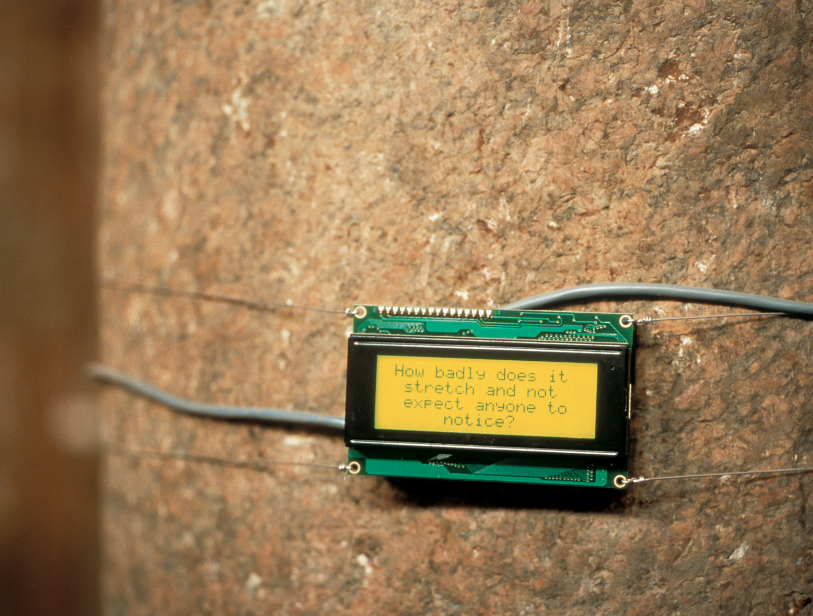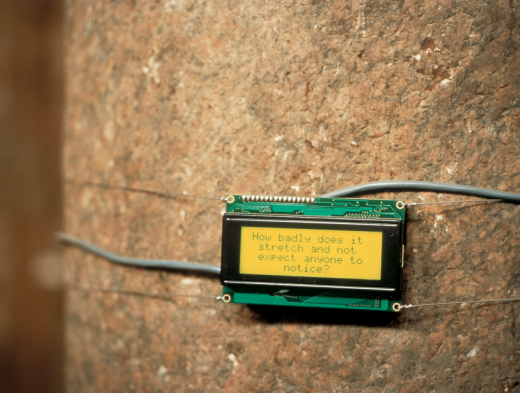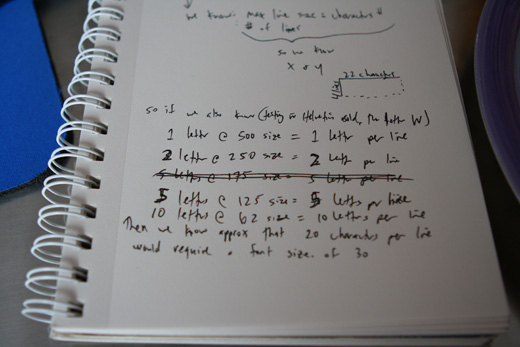In 2000, Rafael Lozano- Hemmer messed around with some computer programs, lcd screens and a dictionary and created ’33 Questions Per Minute’, an installation featuring 21 lcd screens set up in various places and positions that generate unique and absurd questions thirty-three times per minute. The text is sorted randomly together through a generator and appears on the screen just long enough for the viewer to read it, and a new one appears in time before anything can be pondered further. According to Hemmer’s website, the system would take up to 3,000 years for all randomized questions to be asked!
“This piece is loosely based on the long tradition of automatic poetry. It is full of anti-content. It attempts to underline our incapability to respond, faced with an electronic landscape made up of demands for attention. The piece provides useless and slightly frustrating machine irony. Tireless grammatical algorithms perform a romantic and futile attempt to pose questions that have never been asked.
The effect of the installation is destabilising due to its speed. The rhythm of questions excludes any rational answer. 33 questions a minute is the threshold of legibility : there is no time for reflection.”
As soon as I came across this, it reminded me of Justin’s work experimenting with arduinos a while back.



